Top 10 Essential Tree Care Tips for a Healthier Yard
Understanding Tree Care Basics
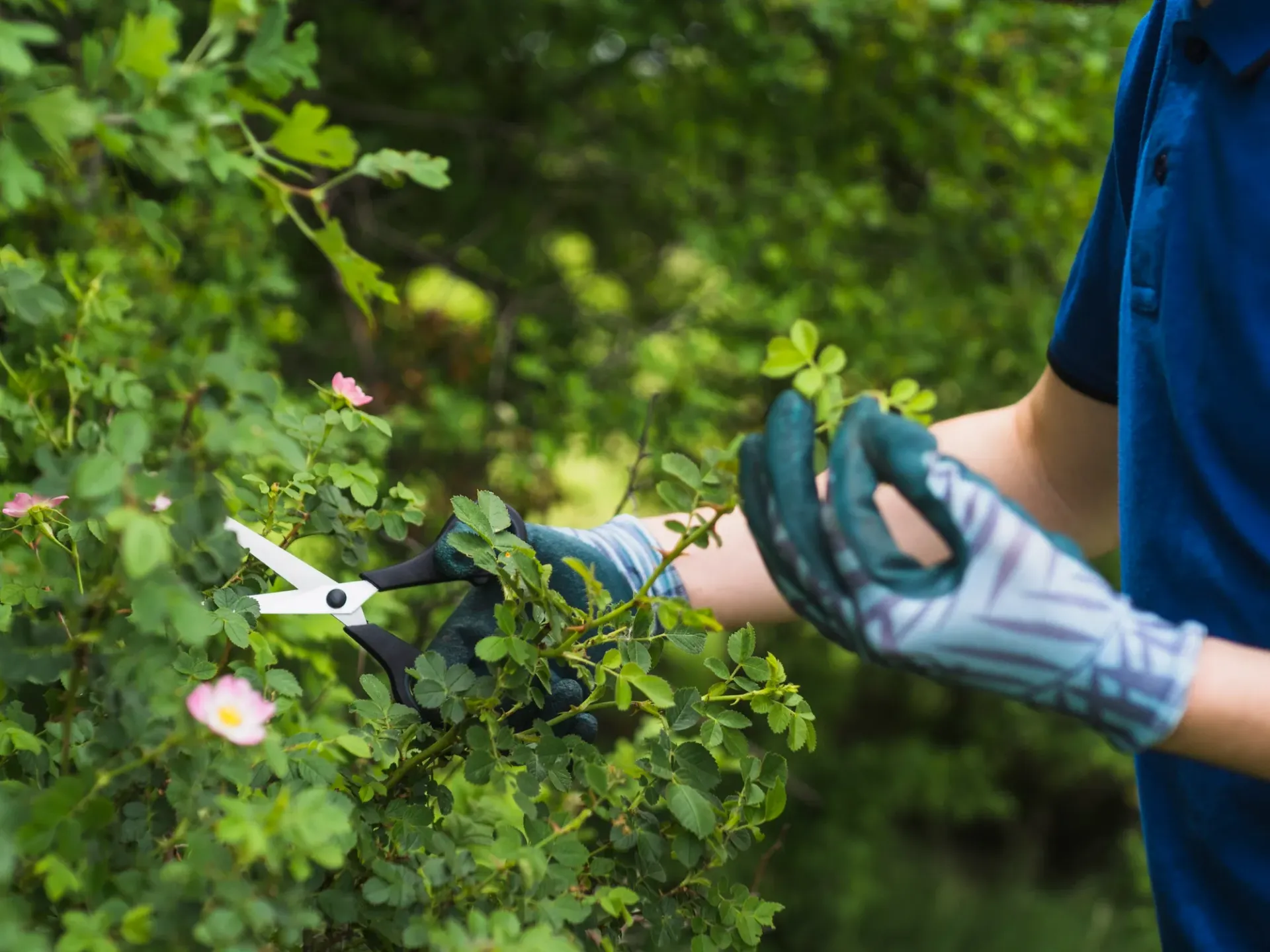
A thriving yard with healthy trees can significantly enhance the beauty and value of your property. Proper tree care is crucial for maintaining the health and vitality of your trees, ensuring they contribute positively to your landscape. Here, we delve into the top 10 essential tree care tips to help you cultivate a healthier yard. These tips encompass various aspects of tree care, including tree trimming, tree removal, and emergency tree removal, providing a comprehensive guide for tree enthusiasts and homeowners alike.
Proper tree care involves a combination of practices aimed at promoting growth, preventing diseases, and maintaining the overall health of the tree. The following tips are designed to address the most critical aspects of tree care, from planting to emergency tree removal.
1. Soil Health and Fertilization
Healthy soil is the foundation of a thriving tree. It’s essential to regularly test your soil to determine its nutrient content and pH level. Based on the results, you can amend the soil with the necessary fertilizers. Organic fertilizers are highly recommended as they improve soil structure and promote beneficial microbial activity.
2. Watering Practices
Watering is a crucial aspect of tree care, particularly for young and newly planted trees. Trees require deep watering to encourage the development of deep root systems. It's important to water slowly and thoroughly, allowing the water to penetrate the soil deeply. However, over-watering should be avoided as it can lead to root rot.
3. Mulching for Moisture Retention
Mulching is an effective way to retain soil moisture, regulate soil temperature, and suppress weed growth. Apply a layer of organic mulch, such as wood chips or bark, around the base of the tree, ensuring it doesn’t touch the trunk. This helps in maintaining a stable environment for the tree roots.
4. Tree Trimming and Pruning
Tree Trimming is essential for maintaining the structure and health of the tree. Regular trimming helps remove dead or diseased branches, which can prevent the spread of disease and reduce the risk of branch failure. It's best to trim trees during their dormant season, usually in late winter, to minimize stress and encourage new growth.
5. Tree Removal and Its Importance
Tree Removal is sometimes necessary for the safety and health of your yard. Dead, dying, or severely damaged trees can pose significant risks to your property and should be removed promptly. Additionally, tree removal may be required to prevent overcrowding and to allow more space for other trees to grow.
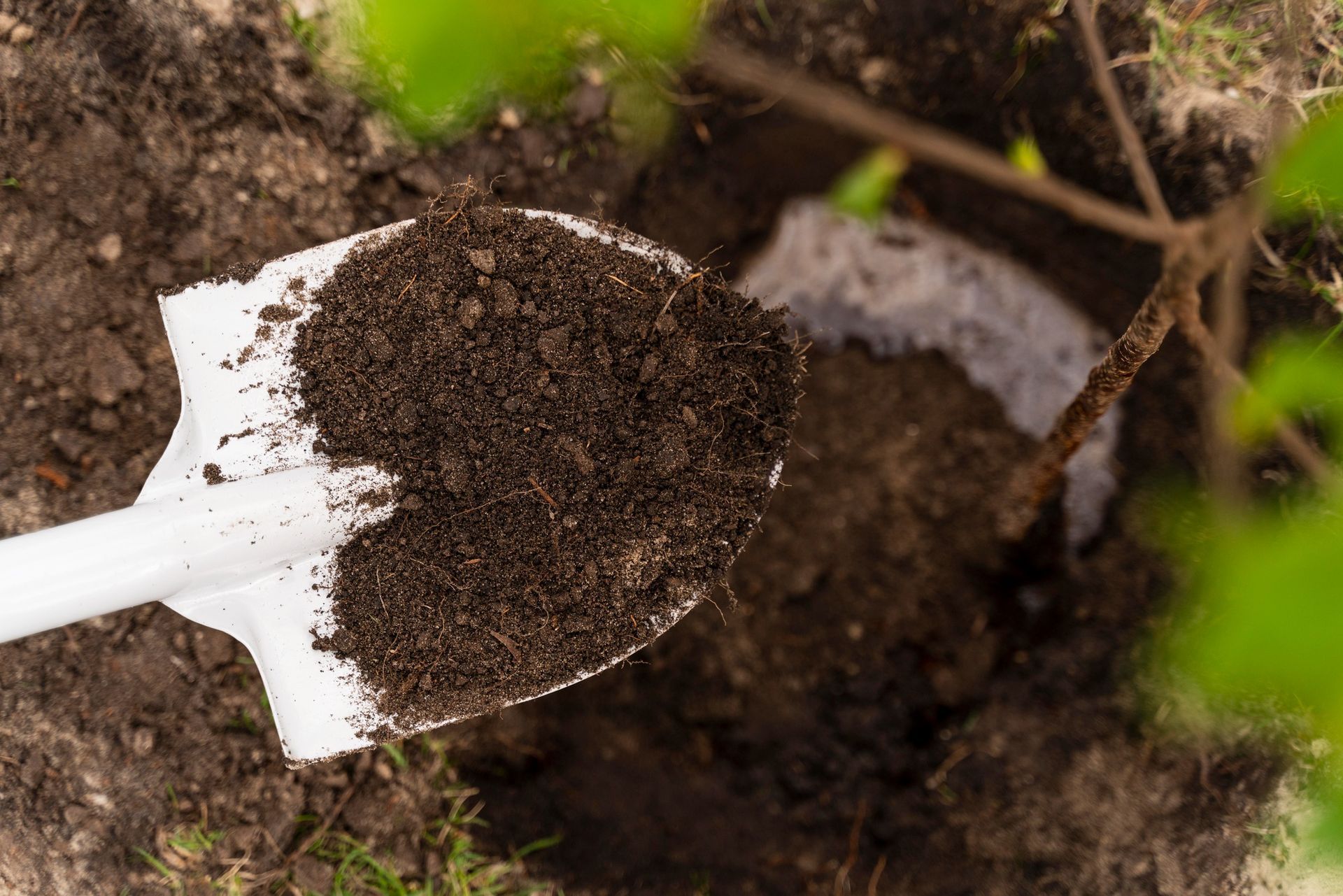
6. Emergency Tree Removal Situations
Emergency Tree Removal may be needed in situations where trees pose an immediate threat due to storm damage, disease, or structural failure. It's crucial to contact professional tree removal services in such cases to handle the situation safely and effectively.
7. Identifying and Managing Tree Diseases
Regularly inspecting your trees for signs of disease is vital. Common symptoms include discolored leaves, abnormal growth patterns, and visible fungal growth. Early identification and management of tree diseases can prevent severe damage. Implementing a proper treatment plan, such as fungicides or pruning infected areas, can help manage and eradicate diseases.
8. Pest Control and Prevention
Pests can severely damage trees if not controlled. Regularly inspect your trees for signs of pest infestation, such as chewed leaves, holes in the bark, or sap oozing from the trunk. Natural predators, horticultural oils, and insecticidal soaps are effective in controlling common tree pests without harming the environment.
9. Cabling and Bracing for Structural Support
For trees with weak branches or poor structure, cabling and bracing can provide the necessary support. These techniques involve installing flexible cables or rigid rods to help stabilize the tree and prevent breakage. Consulting a professional arborist is recommended to determine the best approach for your specific tree.
10. Proper Planting Techniques
Planting a tree correctly sets the foundation for its future health. Choose a suitable location with ample space for growth, and ensure the soil is well-draining. When planting, dig a hole that is twice as wide and just as deep as the root ball. Gently spread the roots and backfill the hole with soil, ensuring the tree is planted at the correct depth.
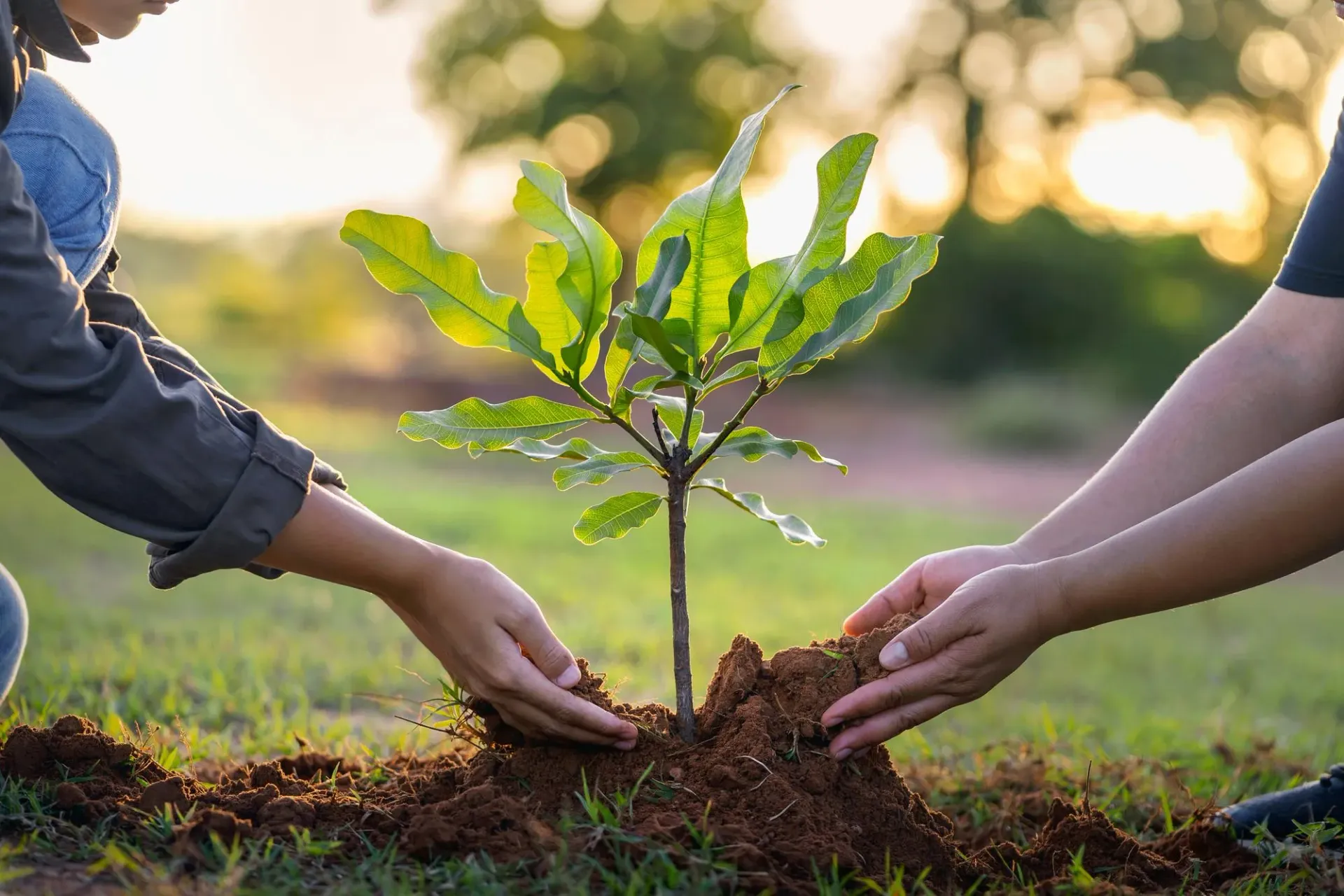
Conclusion
Maintaining a healthy yard with thriving trees requires dedication and knowledge. By following these top 10 essential tree care tips, including tree trimming, tree removal, and emergency tree removal, you can ensure your trees remain robust and beautiful year-round. Remember, regular inspection and timely intervention are key to preventing problems and promoting the longevity of your trees. Invest in proper tree care, and your yard will reward you with its beauty and vitality for years to come.
FAQs
How often should I water my trees?
Watering frequency depends on the tree species, age, and weather conditions. Generally, young trees need more frequent watering than established ones.
When is the best time to trim my trees?
The best time to trim most trees is during their dormant season, typically late winter, to minimize stress and encourage new growth.
What are the signs of a diseased tree?
Signs of a diseased tree include discolored or wilting leaves, abnormal growth patterns, visible fungi, and dead branches.
How do I know if a tree needs to be removed?
A tree may need to be removed if it is dead, severely damaged, or poses a risk to property and safety due to structural instability.
What should I do in an emergency tree removal situation?
In an emergency tree removal situation, contact a professional tree removal service immediately to handle the situation safely and effectively.
How can I prevent pest infestations in my trees?
Regularly inspect your trees for signs of pests, maintain proper tree health, and use natural pest control methods such as introducing natural predators or applying horticultural oils.
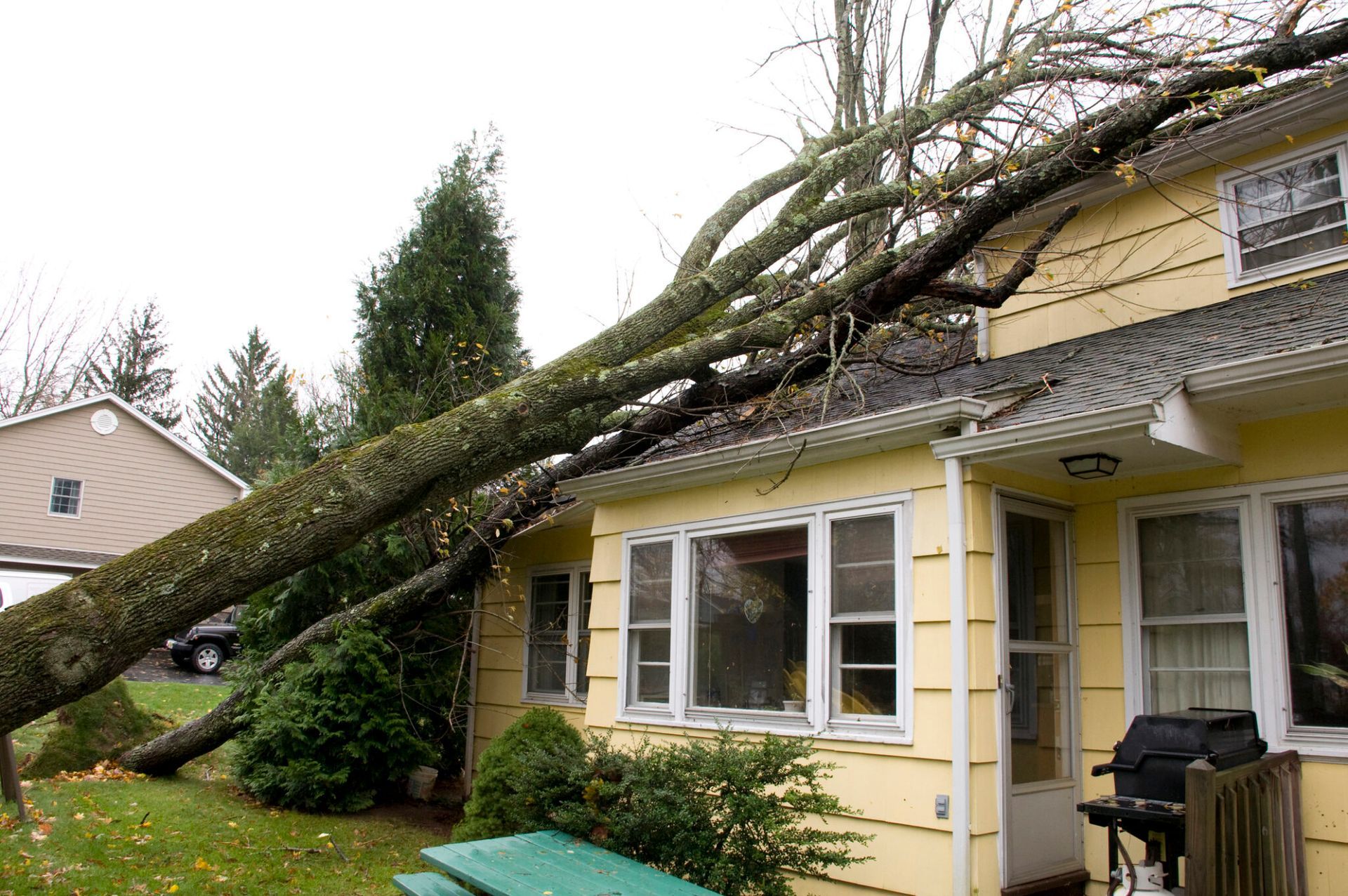
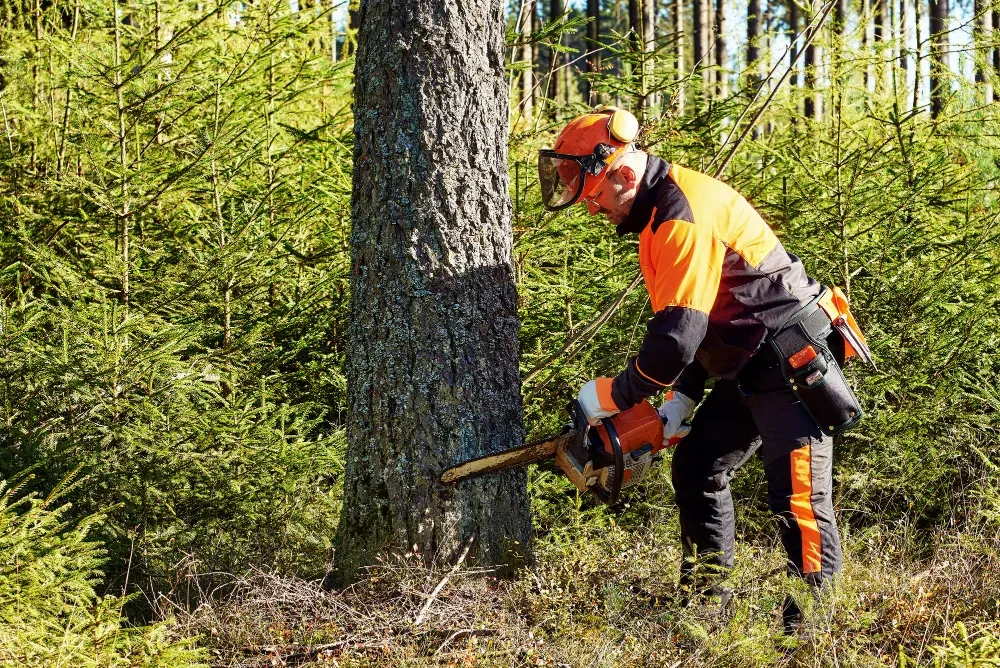
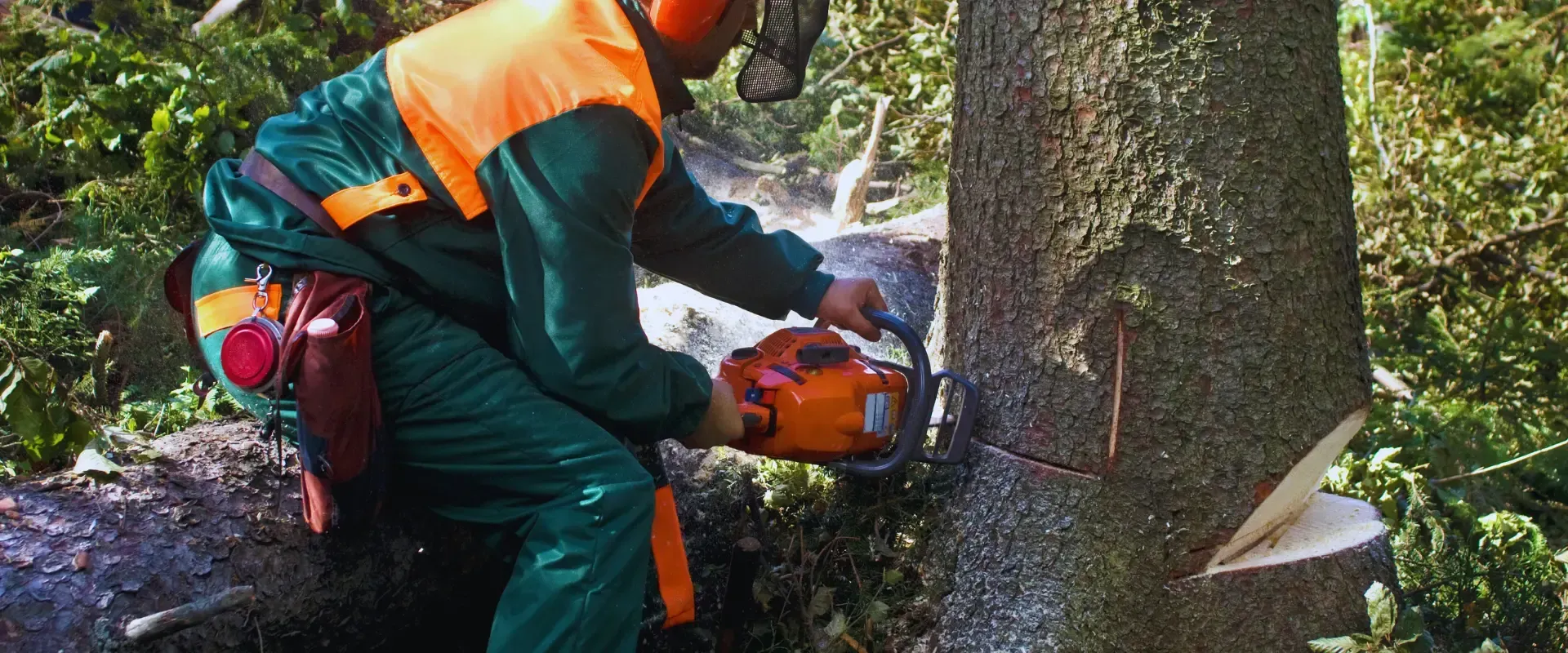
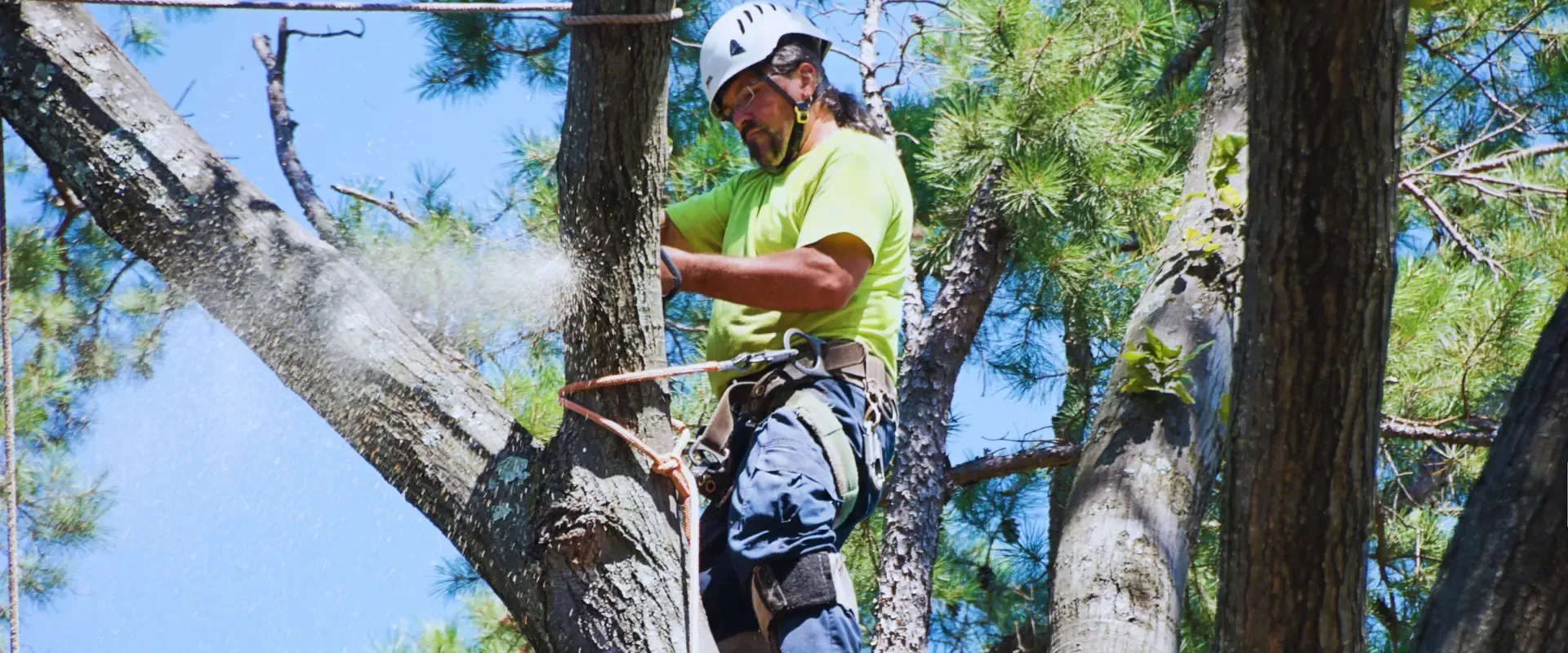
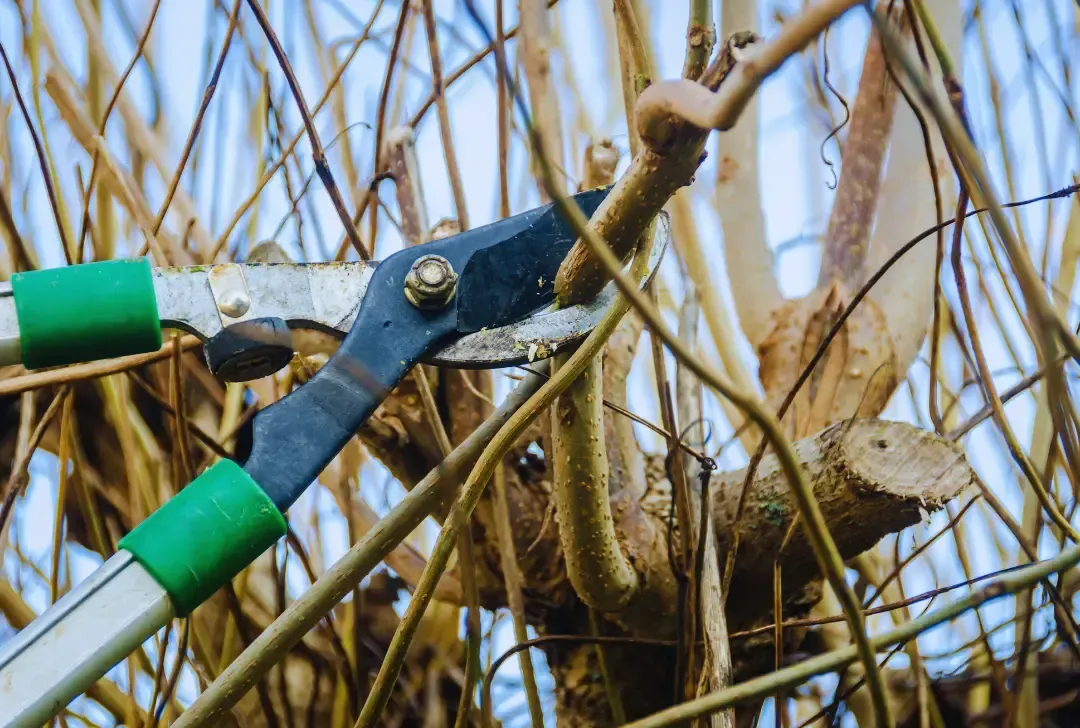
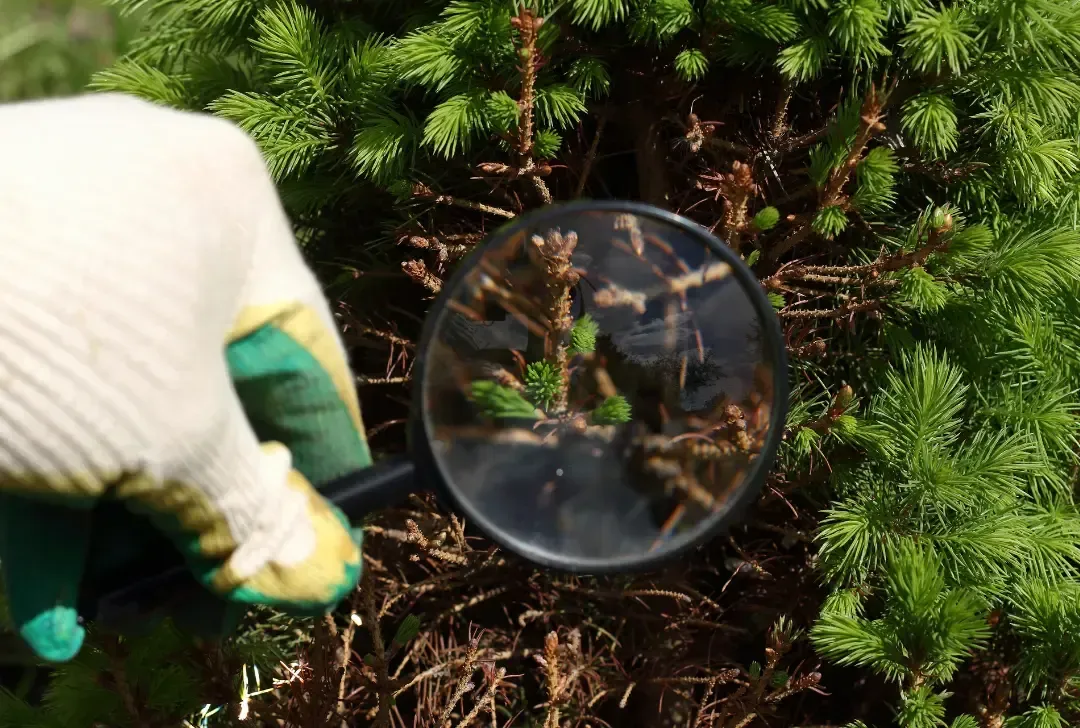
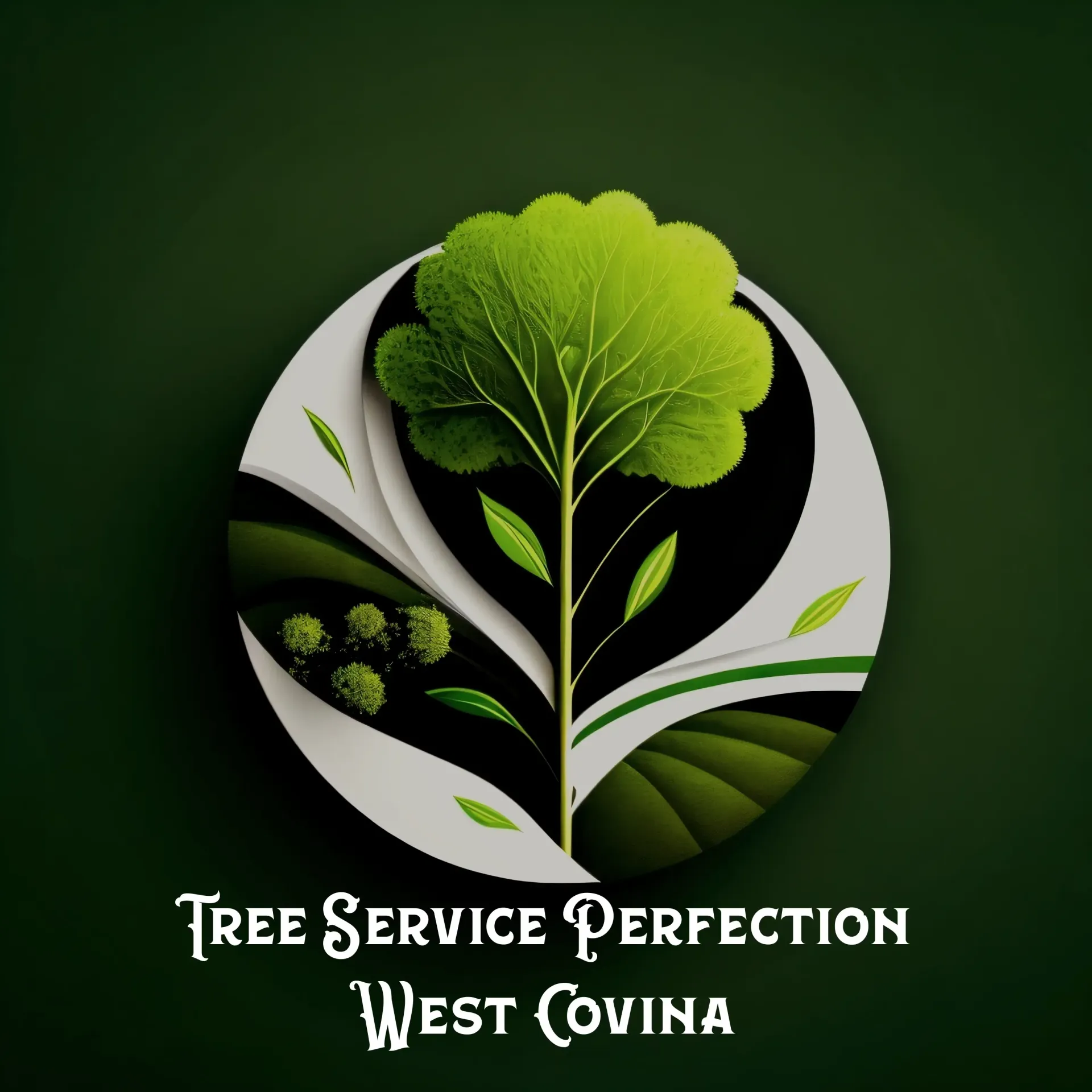
Tree Service Perfection West Covina